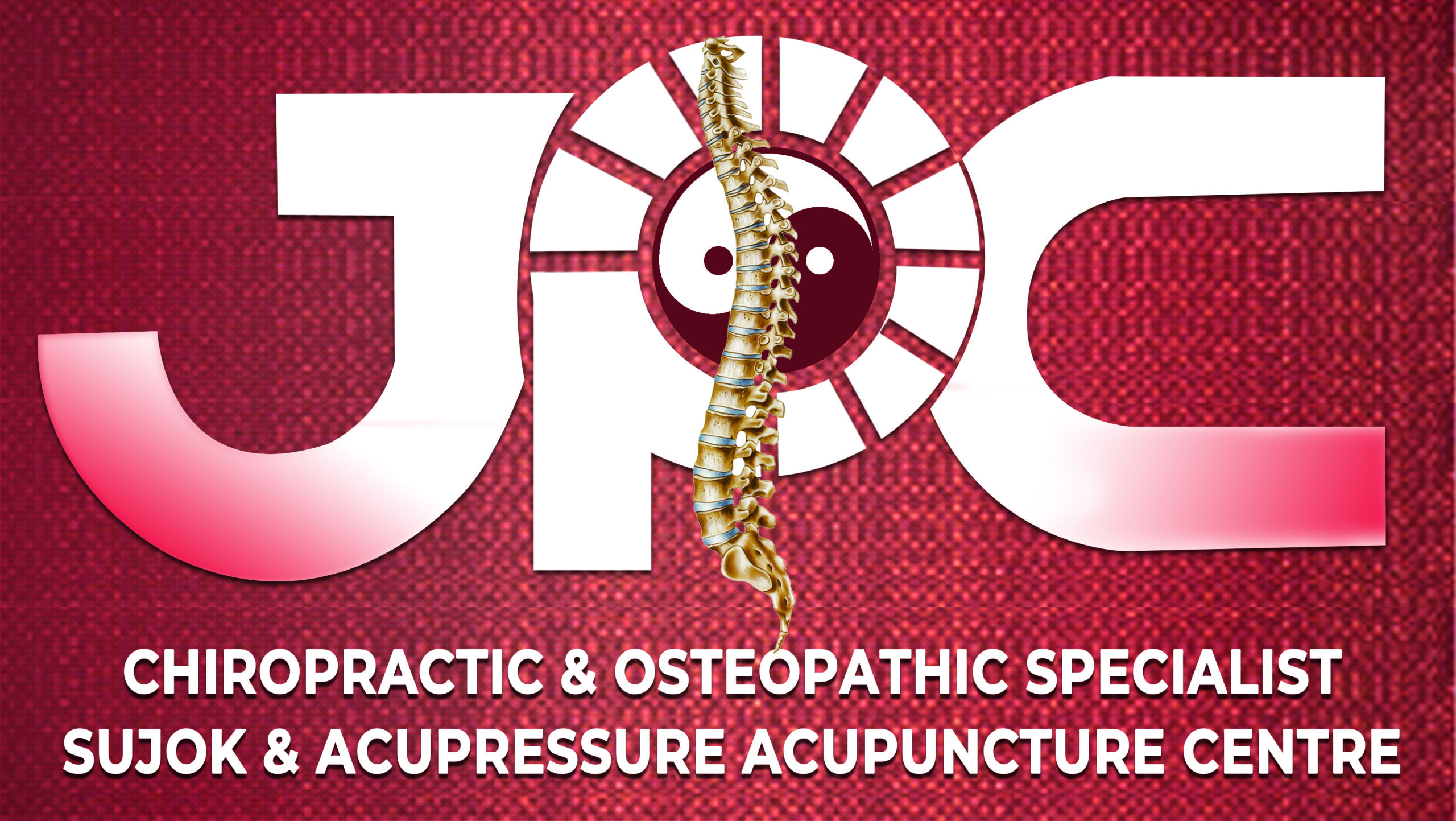Scoliosis is a condition that results in an abnormal curvature of the spine. Instead of appearing straight when viewed from the back, the spine may have a C-shaped or S-shaped curve. This curvature can occur at any age, but it is most commonly diagnosed during adolescence.
The exact cause of scoliosis is often unknown and is referred to as idiopathic scoliosis. However, there are other known types of scoliosis, including congenital scoliosis (caused by a birth defect) and neuromuscular scoliosis (related to conditions such as cerebral palsy or muscular dystrophy).





